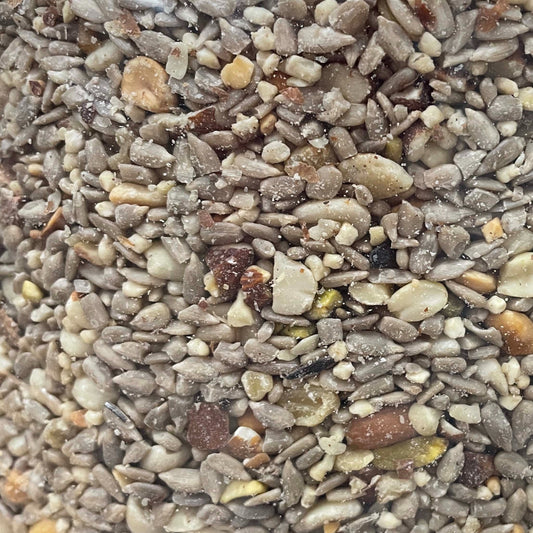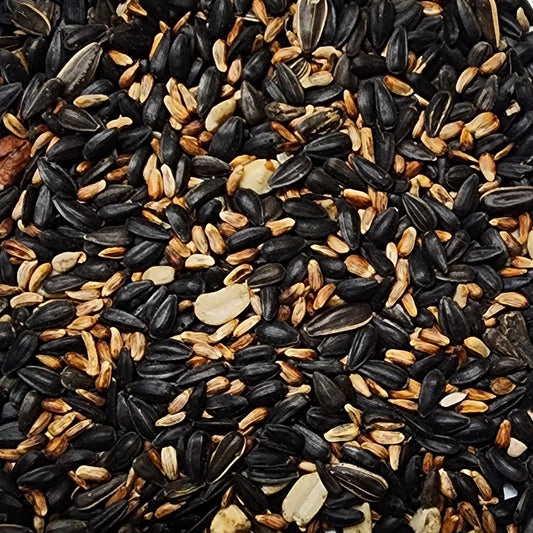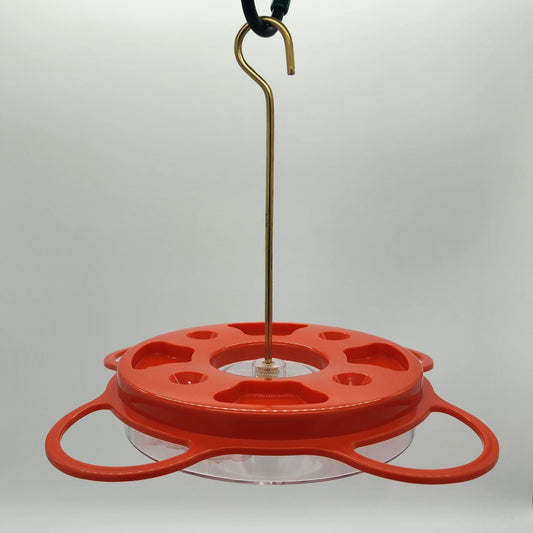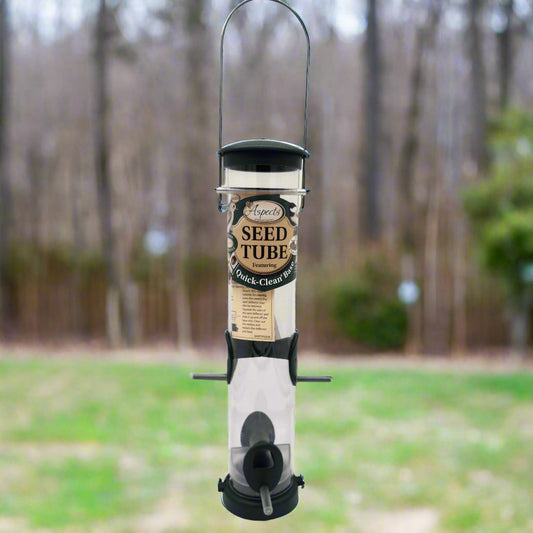American Robin


Few birds are as recognizable in our country as the American Robin. For many, it is the proverbial “yard bird”. What image comes to your mind when you hear the term Robin Redbreast? Most will see a medium sized songbird scurrying across their front lawn in a quick burst then pausing, tilting its head and suddenly plunging its banana yellow bill into the dirt and bring out a squirming worm.
Robins are members of the thrush family and their “cheeri-lee, cheeri-lo” song is recognizable by almost anyone who has taken the time to enjoy the sounds of nature.
There are many misconceptions about our robin. Many still consider them to be the first sign of spring,while most dedicated to the hobby of bird watching know that we have at least some robins that over winter in our area every year. In years with lots of soft mass (berries) the number of robins that winter here can be truly impressive.
Robins are bold nesters. Often choosing to build their famous mud and grass cup nest on shelves of all sorts. Window sills are a favorite choice as is about any flat surface under a porch or gazebo or swing set. Don’t be surprised if you find multiple, partially finished nests in the same area. It is one theory that they misplace their nest and start new ones from time to time.
As open and public as these birds are with their nests, they are also well known for finding their fledglings on the ground before they are able to fly. The young ones typically get too large for the nest to contain them and end up on the ground a day or two before they can fly. The adults continue to feed them and try to defend them against predators. If you find a young robin on the ground this spring, you should do what you can to protect it from dogs and cats. Picking up the fledgling and placing it on a low limb or bush can work. Don’t worry, mom and dad will continue to attend to it. If predators are not a threat, let the mom and dad do their job and finish raising their young one.
To attract or help robins during the fall and winter, your best bet is good landscaping with native shrubs that produce lots of berries. And for all year help, a source of clean unfrozen water is critical. American Robins love to bathe.
America's Yard Bird
Mark's Spotlight
-
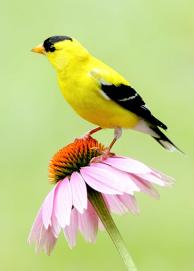
American Gold Finch
Read more about the American Goldfinch -
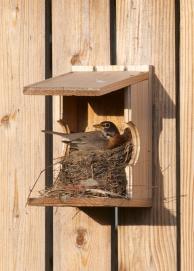
American Robin
Read more about the American Robin -
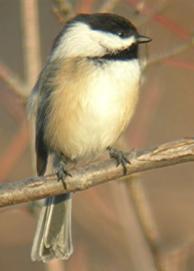
Black-Capped Chickadee
Read more about the Black-Capped Chickadee -
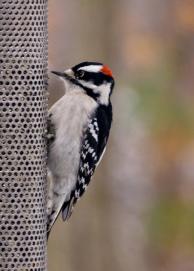
Downy Woodpecker
Read more about the Downy Woodpecker -
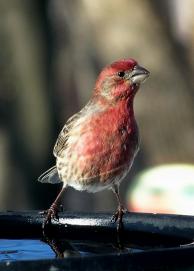
House Finch (Male)
Read more about House Finch -
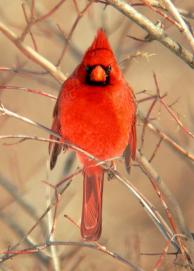
Northern Cardinal
Read More about Northern Cardinal
Shop Now!
-
Mark's No-Waste Blend™
Regular price From $15.99 USDRegular price -
Boardwalk Blend™
Regular price From $8.99 USDRegular price -
NP1009 OrioleFest
Regular price $29.99 USDRegular price -
Multi-Seed Tube Feeders w/Quick-Clean® Bases
Regular price From $59.99 USDRegular price







